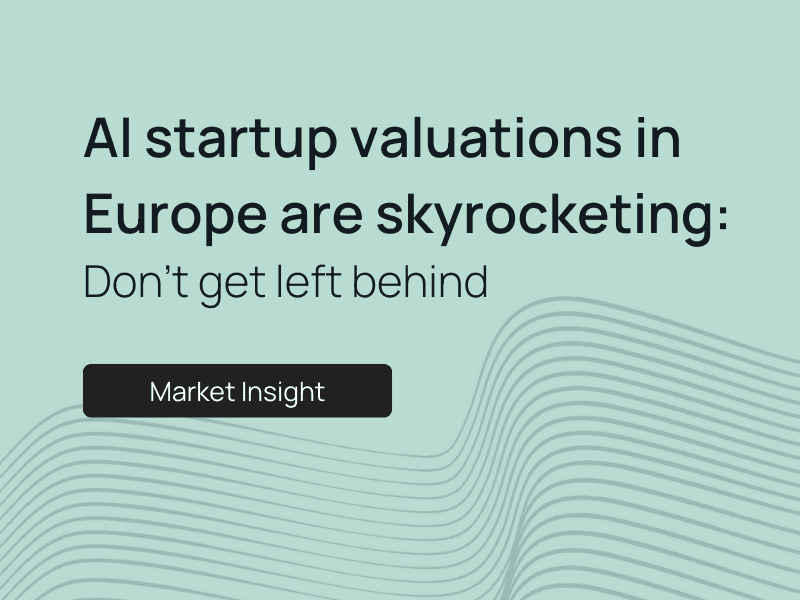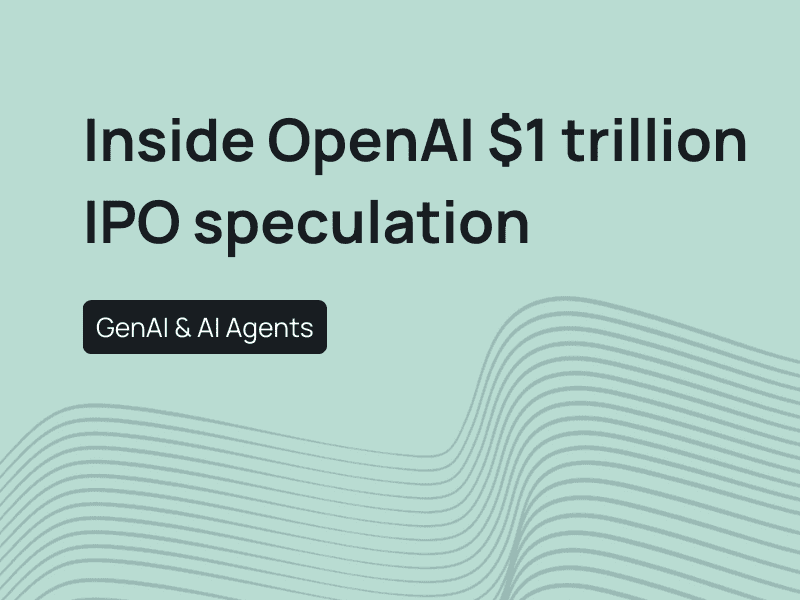OpenAI’s sweeping success among consumers contrasts sharply with Anthropic’s rapid rise in the enterprise market — and the $300 billion valuation gap between them reveals more about their divergent business models than their underlying technology.Two giants, diverging strategies.
In 2025, OpenAI and Anthropic stand as the two defining names in foundation AI shaping not only how intelligence is built, but how it’s commercialized. Both compete at the frontier of model performance, yet their commercial DNA is radically different.
OpenAI has achieved a scale that rivals the world's largest consumer platforms. With ChatGPT now serving over 700 million weekly active users and 10 billion weekly queries, it has built an unassailable product-led growth engine. The ecosystem of ChatGPT Plus, the GPT Store, and a massive developer base relying on its APIs has transformed OpenAI into a platform company whose moat is defined by network effects and ubiquity.
Anthropic, by design, has taken the enterprise-first route. Its Claude models are engineered for the stringent demands of regulated, high-compliance environments. This strategic choice prioritizes trust, safety, and control. By securing partnerships and contracts with names like Pfizer and the Department of Defense, Anthropic is positioning AI as critical, auditable infrastructure for the world's most sensitive industries.
Valuation: Scale vs. structure
Recent private market trades place OpenAI’s valuation at $500 billion, while Anthropic’s Series F - led by ICONIQ - values it at $183 billion. This $300B divide is a direct valuation of their risk-reward profiles.
Three structural drivers explain the gap:
- Monetization maturity: OpenAI monetizes an end-user product with subscription economics. Anthropic monetizes an enterprise infrastructure layer. The former scales faster with consumer demand; the latter compounds slower but more durably with long-term contracts.
- Distribution economics: OpenAI’s deep integration with Microsoft gives it instant access to millions of enterprise seats through Copilot and Azure. Anthropic’s alignment with Amazon and AWS offers similar reach, but its revenue is more tightly linked to usage and cloud billing rather than fixed subscriptions.
- Governance premium (and discount): OpenAI’s capped-profit structure and nonprofit control remain a governance wildcard for investors, introducing uncertainty around eventual liquidity. Anthropic’s Long-Term Benefit Trust mitigates mission drift but also signals a cautious, risk-mitigated approach that some investors see as slower moving.
Strong revenue momentum
Behind the valuations lies a simple truth, AI revenue is finally catching up to AI hype. OpenAI's H1 2025 revenue only is estimated at $4.3 billion ($12 billion forecast for 2025), fueled by ChatGPT Plus, enterprise APIs, and its integration into Microsoft’s productivity suite. Its growth trajectory resembles a high-velocity SaaS business, with consumer and enterprise segments reinforcing each other.
Anthropic, though smaller in absolute numbers, is accelerating even faster in relative terms with an annualized run-rate revenue of over $5 billion, fueled by cloud partnerships and clients who are not just testing but embedding Claude into their core, regulated workflows.

The difference in valuation reflects timing, not trajectory. OpenAI is priced like a consumer platform at peak growth. Anthropic is priced like an infrastructure play, one that compounds quietly but powerfully once adoption is entrenched.
Consumer-first vs. enterprise-first
The consumer AI market focuses on broad accessibility and mass adoption. Today, over 1.8 billion people globally engage with consumer AI tools, although only 3% of them pay for premium services. Yet, this dynamic has given OpenAI a decisive advantage. By prioritizing accessibility through ChatGPT’s freemium model, the company has captured the largest active user base in AI history - a self-reinforcing ecosystem of products, data, and revenue growth - creating a distribution moat that competitors struggle to match.
In contrast, the enterprise AI subset (projected to reach $550 billion by 2035) centers on business adoption, with each enterprise integration representing recurring, high-margin revenue. That’s where Anthropic excels. Claude models are designed around safety, interpretability, and compliance, addressing the core pain points of enterprise AI adoption. Unlike consumer-facing systems that prioritize engagement, Claude emphasizes predictability and auditability - critical for financial institutions, legal firms, and government agencies operating under strict oversight.
Investor takeaway: Where capital compounds next
This strategic schism clarifies the investment landscape. Both paths are viable and cater to different risk and return profiles.

Ultimately, the decision hinges on one's conviction in either the enduring value of a ubiquitous platform or the defensive power of becoming deeply embedded, mission-critical enterprise infrastructure.
Published by Samuel Hieber


